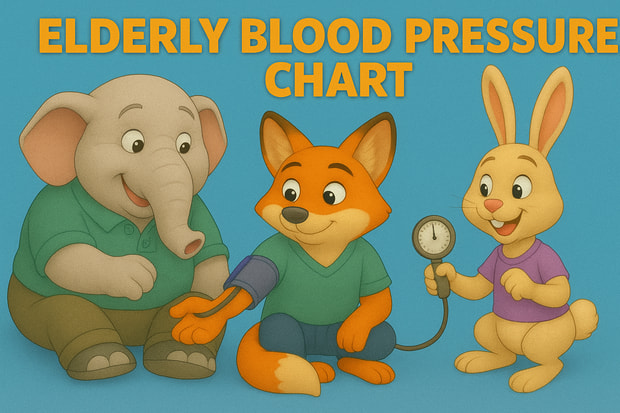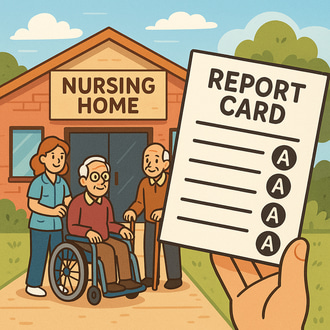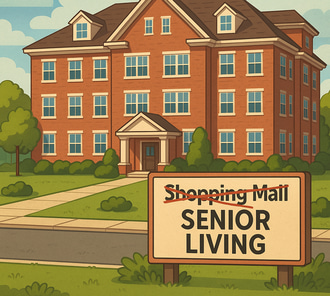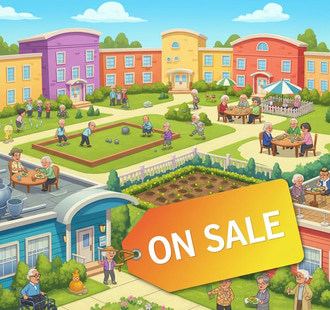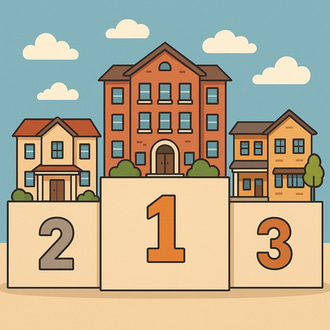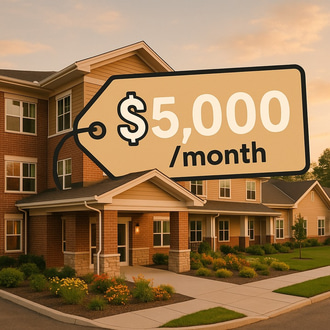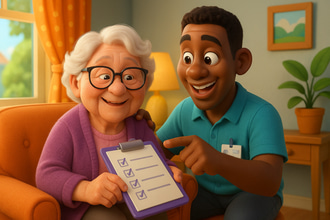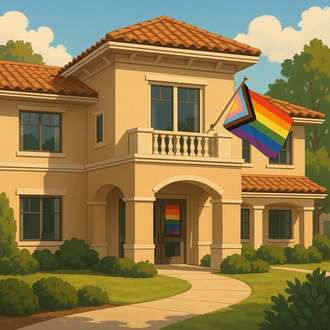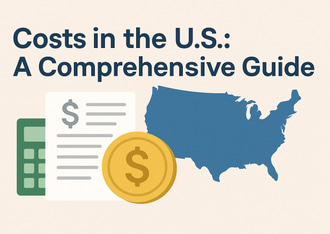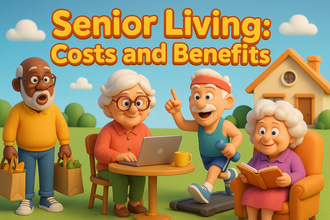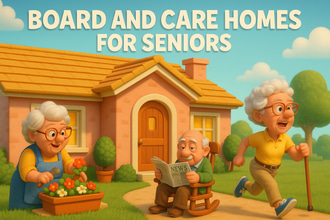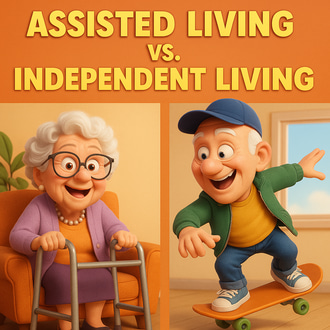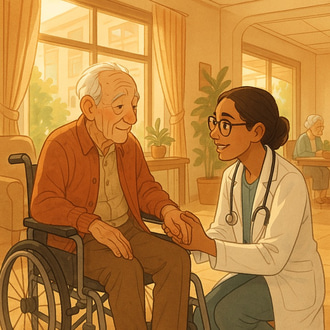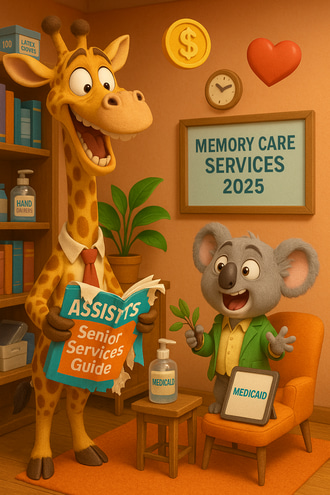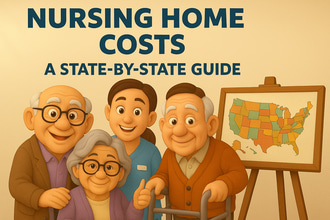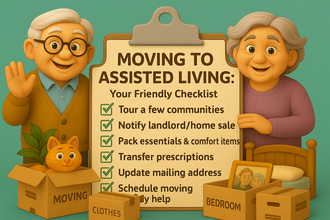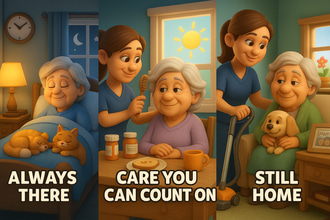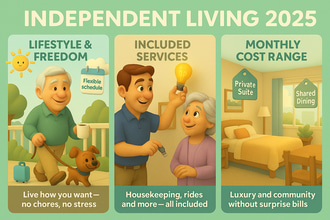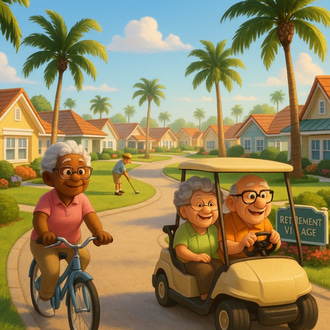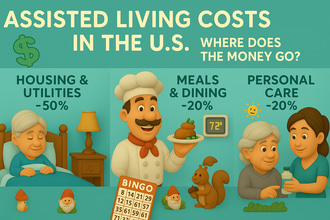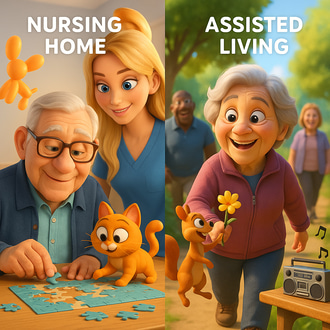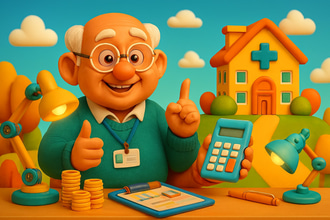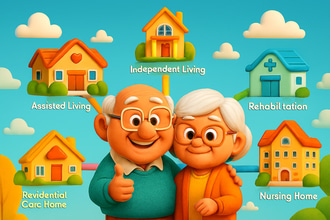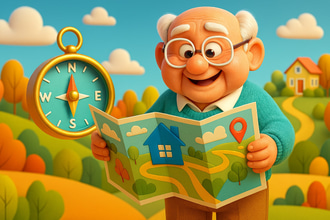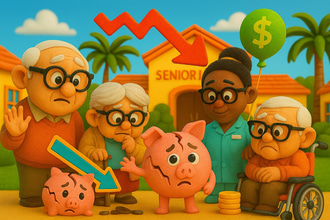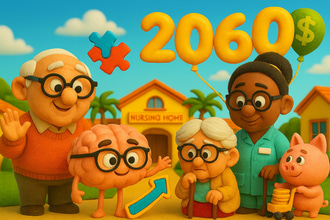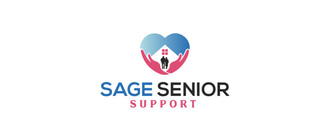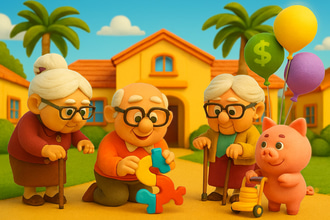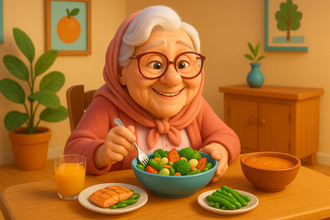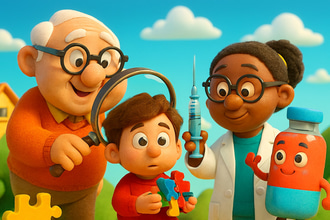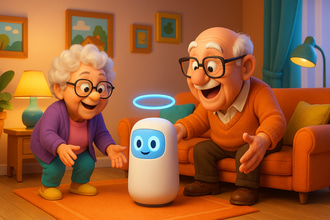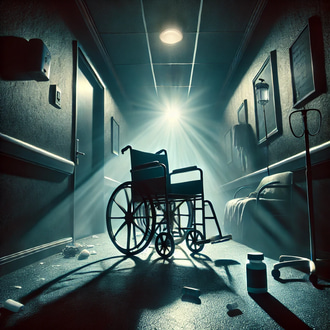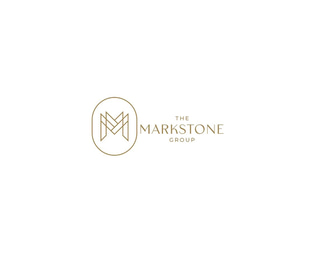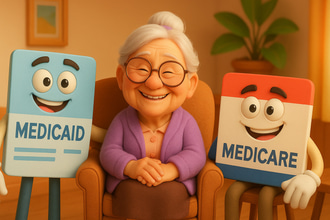Having an in-depth understanding of blood pressure levels is necessary to mitigate older adults’ health risks. Blood vessels lose elasticity as we age, and blood pressure tends to increase, which further heightens the risk of hypertension-related conditions, including stroke, heart attack, or kidney disease. Referencing authoritative sources like the American Heart Association (AHA), National Institutes of Health (NIH), and Centers for Disease Control and Prevention (CDC), we provide an extensive blood pressure chart, specifically for seniors, considering age-related changes.
Understanding Blood Pressure
Blood pressure is a necessary health metric for seniors, measuring the force of blood pushing against artery walls, often recorded as two numbers and expressed in millimeters of mercury (mmHg):
- Systolic Pressure (top number) – usually the higher number among the two, and the pressure when the heart is beating.
- Diastolic Pressure (bottom number) – the pressure when the heart is at rest in between beats.
Age-related factors, including arterial stiffness and conditions like diabetes and heart disease, affect blood pressure, especially among older adults.
Blood Pressure Categories for Adults
The AHA’s 2017 updated guidelines on blood pressure employ categories across adult age groups, including older adults. Due to several factors that influence the blood pressure of older adults, especially those 65+, the Journal of the American College of Cardiology suggests that healthcare providers may adapt their care plans based on frailty, comorbidities, and overall health. Standard categories are as shown:
| Category | Systolic (mmHg) | Diastolic (mmHg) |
| Normal | Less than 120 | Less than 80 |
| Elevated | 120–129 | Less than 80 |
| Hypertension Stage 1 | 130–139 | 80–89 |
| Hypertension Stage 2 | 140 or higher | 90 or higher |
| Hypertensive Crisis | Higher than 180 | Higher than 120 |
A higher than 180 over 120, or hypertensive crisis, commands immediate medical attention.
Blood Pressure Considerations for Seniors
What’s considered normal for older adults can be different due to considerations like:
- Aging Effects
- The systolic pressure tends to increase with age due to the arteries, while diastolic pressure decreases after age 60, as per the NIH. Additionally, isolated systolic hypertension, which exhibits a high systolic and normal diastolic, is common in the 55+.
- Target Goals
- The recommended target for those with hypertension is <130/80 mmHg, and a higher target of 130-140 over 80/90 mmHg for older adults 80+ or with comorbidities, as per the American College of Cardiology (ACC) and AHA. JAMA Internal Medicine (2019) notes that these target goals may help prevent risks of dizziness and falls.
- Prevalence
- In the U.S., 71.6% of adults 60+ have hypertension, as recorded by the CDC from 2021 to 2023. Among them, 72.7% are men and 70.6% are women.
Elderly Blood Pressure Chart by Age
Utilizing AHA categories and NIH and ACC’s age-specific considerations, the table exhibits normal and high blood pressure ranges for older adults. However, individual targets vary according to health status; hence, for precise targets, it is better to consult a healthcare provider.
| Age Group | Normal Range (mmHg) | Elevated (mmHg) | Hypertension Stage 1 (mmHg) | Hypertension Stage 2 (mmHg) | Notes |
| 60–64 | <120/<80 | 120–129/<80 | 130–139 or 80–89 | ≥140 or ≥90 | The risk of isolated systolic hypertension increases. Monitor regularly. |
| 65–74 | <120/<80 | 120–129/<80 | 130–139 or 80–89 | ≥140 or ≥90 | Target <130/80 mmHg for most; adjust for comorbidities (e.g., diabetes). |
| 75–79 | <120/<80 | 120–129/<80 | 130–139 or 80–89 | ≥140 or ≥90 | Frailty may warrant a higher target (130–140/80–90 mmHg). Check for orthostatic hypotension. |
| 80+ | <120/<80 (ideal) | 120–129/<80 | 130–139 or 80–89 | ≥140 or ≥90 | Individualized targets (e.g., 130–150/80–90 mmHg) to prevent falls, per ACC. |
Sources: AHA, NIH, ACC, CDC, JAMA Internal Medicine (2019)
Key Considerations for Seniors
- Isolated Systolic Hypertension
- Exhibiting a systolic pressure of 130 mmHg with a diastolic pressure less than 80 mmHg is common for older adults, affecting 30 to 50% of adults 70+, as noted by NIH.
- Orthostatic Hypotension
- 65% of older adults 65+ experience orthostatic hypotension or a sudden drop in blood pressure upon standing, as reported by the CDC. Overly aggressive treatment may further worsen the condition, increasing fall risks.
- White Coat Hypertension
- Blood pressure tends to increase in a medical setting or a doctor’s office, hence the name white coat, which pertains to doctors’ coats. The AHA suggests utilizing home monitoring for more accurate results.
- Lifestyle Factors
- To maintain a normal blood pressure, the CDC recommends having a healthy diet, exercising at least 30 minutes/ day, 5 days/ week, and managing stress.
- Medication
- Treatments include diuretics, ACE inhibitors, and beta-blockers. However, side effects may occur, including dizziness, as per NIH.
Managing Blood Pressure in Seniors
- Regular Monitoring
- Take readings consistently, ideally morning and evening, using a validated home blood pressure monitor. AHA recommends Omron as a monitor.
- Medical Guidance
- Older adults, especially those with heart and kidney conditions, and frail adults, are advised to work closely with medical professionals and doctors to set personalized targets.
- Lifestyle Changes
- Diet – NIH suggests lessening sodium intake, with less than 2,300 mg/day, ideally 1,500 mg/day; and increasing intake of potassium-rich foods like bananas and spinach.
- Exercise – walking or chair yoga may help improve circulation.
- Weight Management – since blood pressure increases the risk of heart conditions, it is better to maintain a normal BMI, which is 18.5 to 24.9, to lessen strain on the heart.
- Medication Adherence
- Stick to prescriptions and consult with a medical professional when side effects occur.
- Screen for Comorbidities
- Diabetes or sleep apnea can worsen hypertension.
When to Seek Help
- Hypertensive Crisis
- As discussed, a hypertensive crisis requires immediate medical attention. Symptoms include chest pain, shortness of breath, and confusion.
- Persistent High Readings
- Consistent readings of above 130/80 mmHg are highly suggested to visit the hospital or consult a doctor.
- Symptoms of Low Blood Pressure
- Overtreatment of hypertension may lead to dizziness, fainting, or fatigue.
Conclusion
Blood pressure directly affects heart health, kidney function, and holistic wellness, especially in the elderly population. 71.6% of older adults 60+ experience hypertension, while it is suggested that normal blood pressure for older adults is less than 120/80 mmHg and 140-140/80-90 mmHg for 75+. To mitigate the effects and risks of complications due to abnormal blood pressure, it is suggested that older adults maintain a healthy lifestyle, monitor blood pressure regularly, and seek medical guidance. We also suggest consulting a healthcare provider or referring to resources like the AHA (www.heart.org), NIH (www.nhlbi.nih.gov), or CDC (www.cdc.gov) for tailored advice.


